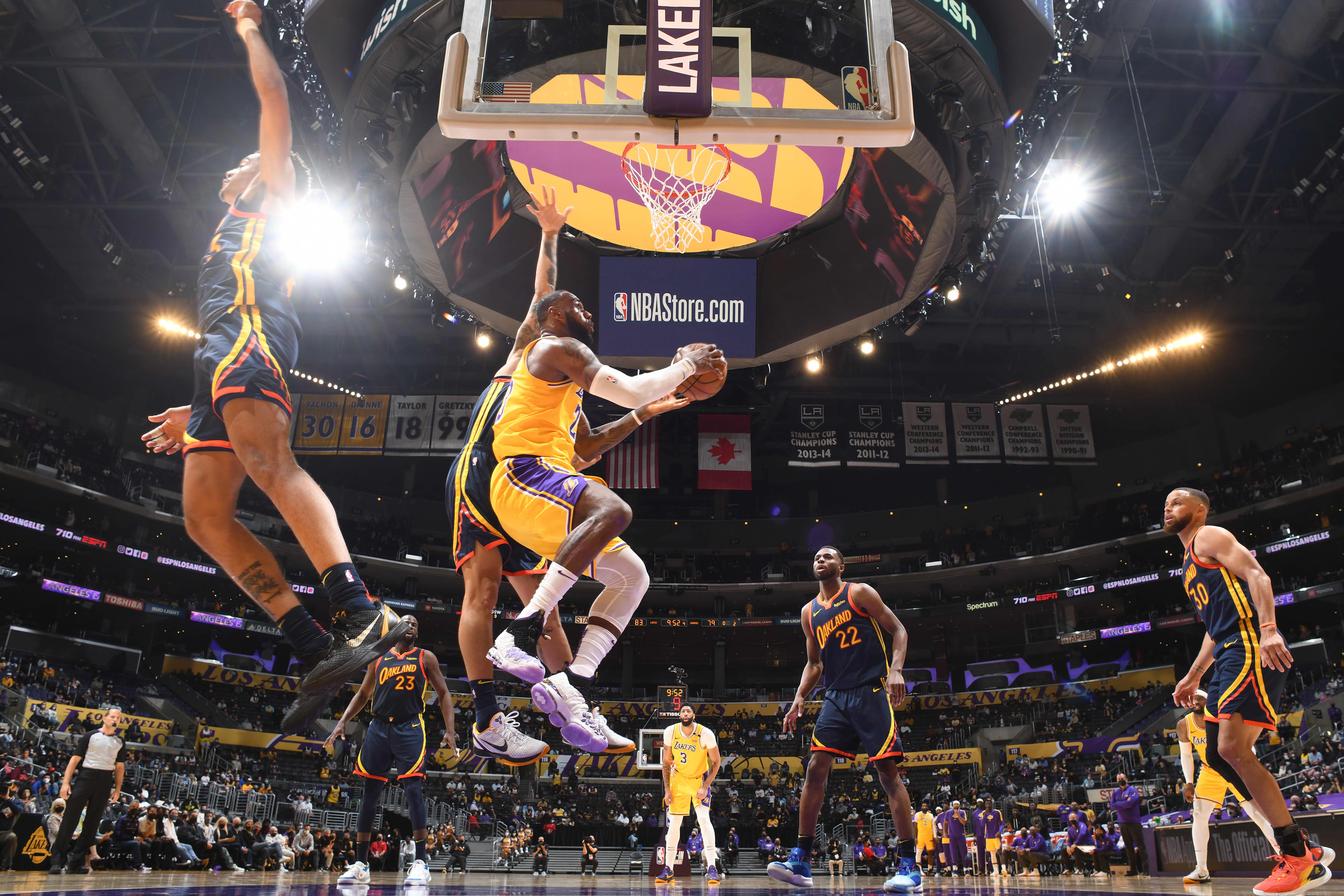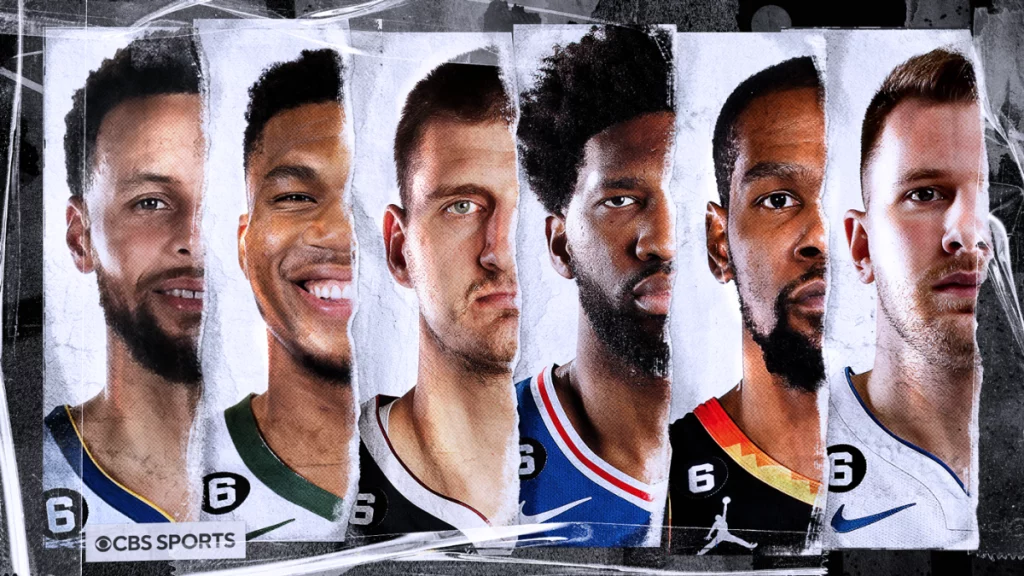Author: Monojit Mandal
The NBA’s trade deadline landscape is likely to change dramatically as a result of the updated Collective Bargaining Agreement (CBA). Several NBA clubs in the process of rebuilding have opted to keep the available salary cap space instead of spending on free agents in recent years. Some even started the regular season with a team salary lower than the league’s salary floor, which was usually set at 90% of the salary cap. This tactical move allowed them to save salary cap space for future salary reductions just before the final negotiating deadline.

However, according to the NBA’s newly created collective bargaining agreement, this long-standing technique is no longer sustainable and has far-reaching repercussions for the annual trade deadline processes. Under the previous CBA, teams didn’t face fines if they didn’t meet the salary floor criteria by the start of the regular season. The only consequence was that they would have to distribute the deficit among their players until the end of the season. For example, the Oklahoma City Thunder spent US$22 million on their roster for the 2021-22 season to make up for this gap.
With the implementation of the new CBA, the scenario has changed, as clubs are now obliged to meet the salary floor by the opening day of the regular season. If this is not done, the teams will pay the difference directly to the NBA, making them ineligible for a portion of the luxury tax payments usually granted to teams that finish below the tax threshold. In addition, to ensure compliance with the salary floor, the league will freeze the salary cap for certain teams.

In essence, when the regular season starts, all NBA teams will be above the salary cap in one way or another. This change in dynamics has the potential to reshape the structure of the trading deadline, especially in the upcoming 2024 season.
Notably, the new CBA includes a series of fines for clubs that exceed the second salary cap limit, which is set at US$17.5 million above the luxury tax line for the current season (with future increases related to the percentage of the salary cap). From the 2023-24 season, clubs that exceed this second salary cap barrier will be banned from adding salaries to transactions, obtaining more money than they distribute and negotiating first-round selections with a seven-year horizon, among other restrictions.


